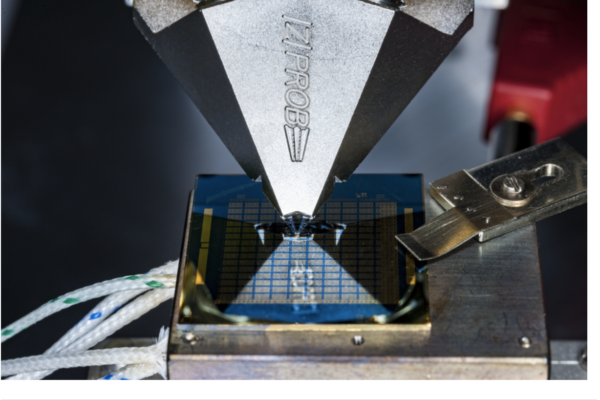
Thanks to the Von-Neumann architecture, todays computers are spending a lot of time and energy in moving data between the ALU unit(s) and the memory. New research is no looking at ‘in-memory’ computing, the data storage and calculation is happening in one place and the memory performs in fact a double task.
The IBM researchers have now released a new design for an 8 bit ‘analog’ chip, based on Phase Change Memory (PCM). The conductance of the memory material changes along with its physical state and can be modified using electrical pulses. This is how PCM is able to perform calculations. Because the state can be anywhere along the continuum between 0 and 1, it is considered to be an analog value.
Due to the nature of an analog value it is not easy to define and read the actual state. By using ‘Projected PCM’ a higher level of accuracy is achieved- With Projected PCM a non-insulating projection segment is placed in parallel to the phase-change segment. During the write process, the projection segment has minimal impact on the operation of the device. However, during read, conductance values of programmed states are mostly determined by the projection segment, which is remarkably immune to conductance variations.
With this acheivement, IBM researchers show that in-memory computing is making progress and in due course will lower the power consumption while speeding up the processor power and paving the way for new AI technologies.
https://www.ibm.com/blogs/research/2018/12/8-bit-breakthroughs-ai/
 If you enjoyed this article, you will like the following ones: don't miss them by subscribing to :
eeNews on Google News
If you enjoyed this article, you will like the following ones: don't miss them by subscribing to :
eeNews on Google News
